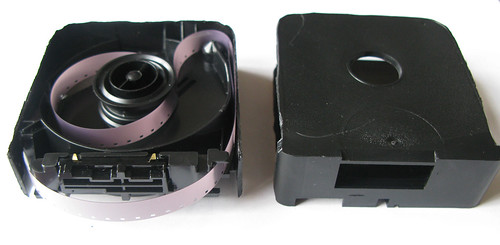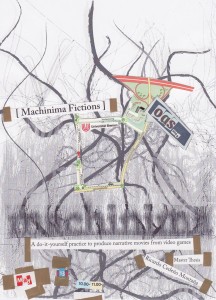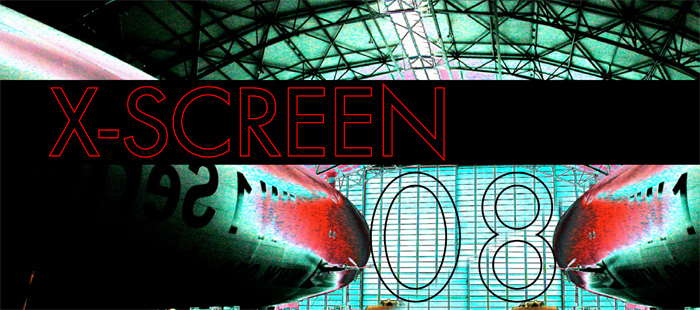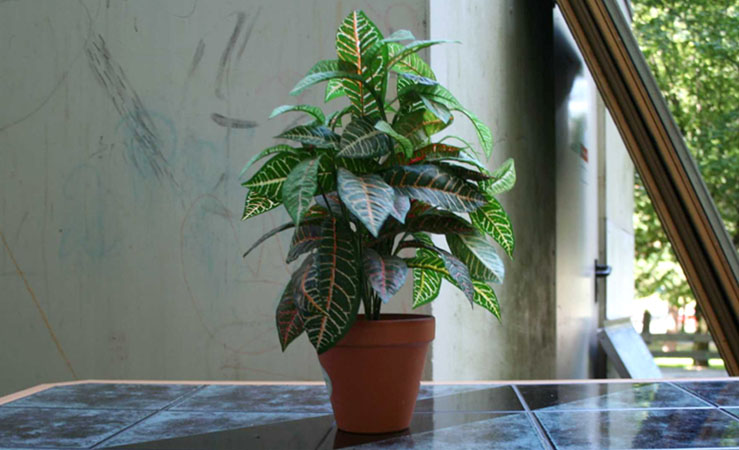HI,
recently for n-time I watched again (yeah I know) Blade Runner. I cannot stop finding meanings and inspirations, being awed and getting scared by this film. A couple of sequences made me think again about the nature of the images and its artificiality. Images, in Blade Runner attested both authenticity and proof. In this fictional world there is concern about what is authentic and the humanity of artificial beings is under question. The replicants are perfect simulations of living creatures, they simulate everything at the more finest details, but as simulations they are meant to be something they are not, to possesses something they were denied to have. However, paradoxically they want desperately to be.
The Voight-kampf test.
[…]you are talking about memories
Images, memories, self-imposed references of a source. The production, circulation and consumption of images is a kind of paranoia. Just by looking at my hard drive I came to discover the amazing amount of pictures, images, memories I’ve stored. Some of them are so far away in the time and the space they simulate, that they have become something totally different from my memories, they have life by themselves. Even though I know I’m doomed to continue producing and consuming images. I have to recognised that after a while they are any longer about me and my selfish attempts to save imperceptible moments to live my past again. They replicate themselves and threat me.
A world constructed of images is the final triumph of a chain of simulations to separate ourselves of the alien nature surrounding us. The more clean, immaculate, pure the images the better, this is very well known by Roy Batty, his (its) entire world is an outside-imposed image. Why do we identify much more easier logos, trademarks, people’s images than trees, flowers or mountains? Why do we want to frame everything? Why do we continue believing about the actuality, reality, and neutrality of images? Images are any longer about reality, the world is not the images. Why do we, with anxiety, follow the beauty impose by the generators of images? The meaning-machines are doing a great job, ruling the meanings. We are not away from the images, we are trapped in the images, they one of the new gods. Even worst, as in a Huxleyan nightmare we are happily filling in our world with millions of images every millisecond, all the same, all with an endless replicated selfish meaning(less). The person of the year is you! screamed a big machine, but the picture was empty, nothing in there just a mirror and we looking narcissistically at ourselves, this is our brave world, just a mirror we are too afraid to look beyond it. All these framed moments, are dying like flickrs under a rain of images…
[…] it’s time to die.
[…]you won live, but than again, who does?




